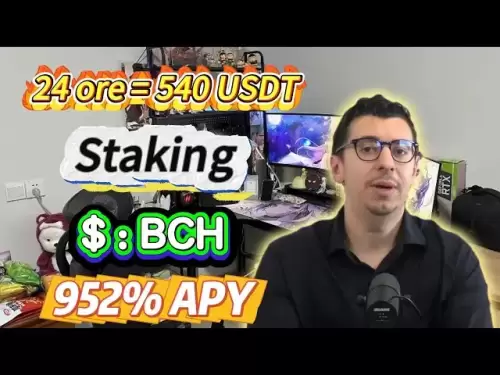-
 Bitcoin
Bitcoin $108,703.4836
0.45% -
 Ethereum
Ethereum $2,576.6839
1.58% -
 Tether USDt
Tether USDt $1.0001
0.00% -
 XRP
XRP $2.2924
-0.87% -
 BNB
BNB $660.2136
0.01% -
 Solana
Solana $151.4729
-0.29% -
 USDC
USDC $1.0000
0.00% -
 TRON
TRON $0.2866
0.04% -
 Dogecoin
Dogecoin $0.1698
0.82% -
 Cardano
Cardano $0.5831
0.13% -
 Hyperliquid
Hyperliquid $37.9814
-3.97% -
 Bitcoin Cash
Bitcoin Cash $503.9489
1.93% -
 Sui
Sui $2.8994
0.74% -
 Chainlink
Chainlink $13.5429
0.38% -
 UNUS SED LEO
UNUS SED LEO $9.0693
-0.19% -
 Stellar
Stellar $0.2524
0.15% -
 Avalanche
Avalanche $18.1959
1.02% -
 Shiba Inu
Shiba Inu $0.0...01180
1.48% -
 Toncoin
Toncoin $2.7601
-0.76% -
 Hedera
Hedera $0.1606
0.96% -
 Litecoin
Litecoin $86.6105
0.26% -
 Monero
Monero $315.7691
-0.56% -
 Polkadot
Polkadot $3.3911
0.25% -
 Dai
Dai $1.0001
0.03% -
 Ethena USDe
Ethena USDe $1.0002
0.02% -
 Bitget Token
Bitget Token $4.3076
-0.05% -
 Uniswap
Uniswap $7.5901
3.66% -
 Aave
Aave $288.0954
0.35% -
 Pepe
Pepe $0.0...01002
1.64% -
 Pi
Pi $0.4578
0.09%
What is slippage in Bitcoin trading?
Slippage in Bitcoin trading, caused by market volatility and low liquidity, can be minimized using limit orders and trading during high liquidity periods.
Apr 21, 2025 at 09:43 pm
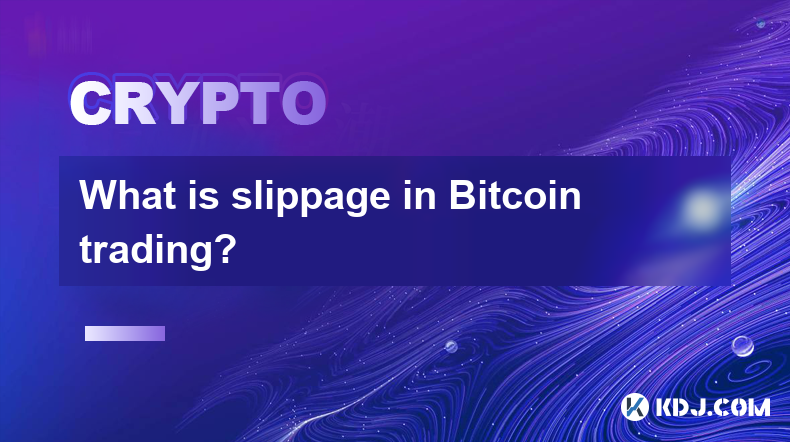
Slippage in Bitcoin trading refers to the difference between the expected price of a trade and the price at which the trade is actually executed. This phenomenon can occur in any market, but it is particularly relevant in the highly volatile cryptocurrency markets like Bitcoin. Understanding slippage is crucial for traders as it directly impacts the profitability of their trades.
What Causes Slippage in Bitcoin Trading?
Slippage in Bitcoin trading can be attributed to several factors. Market volatility is one of the primary reasons. The price of Bitcoin can change rapidly, and in the time it takes for a trade to be executed, the market price may have shifted. Liquidity also plays a significant role. If there is not enough volume at the desired price level, the trade may be filled at a different price, leading to slippage. Order size is another factor; larger orders are more likely to experience slippage because they may not be filled completely at the current best price. Trading platform efficiency can also affect slippage, as slower platforms may take longer to execute trades, increasing the chance of price changes.
Types of Slippage
There are two main types of slippage that traders need to be aware of: positive slippage and negative slippage. Positive slippage occurs when a trade is executed at a better price than expected. For example, if a trader places a buy order at $30,000 and the trade is executed at $29,900, the trader benefits from positive slippage. Conversely, negative slippage happens when a trade is executed at a worse price than expected. If a trader places a sell order at $30,000 and it is executed at $29,900, the trader experiences negative slippage, resulting in a loss.
How to Minimize Slippage in Bitcoin Trading
Minimizing slippage is a key concern for Bitcoin traders. Here are some strategies to help reduce the impact of slippage:
- Use limit orders: A limit order allows you to specify the exact price at which you want to buy or sell Bitcoin. By setting a limit order, you can avoid the risk of negative slippage, as the trade will only be executed at your specified price or better.
- Trade during high liquidity periods: Trading when the market is most active can help ensure that there is enough volume to fill your order at the desired price. Typically, liquidity is higher during major market hours and when significant news events are happening.
- Avoid large orders: Splitting a large order into smaller ones can help reduce slippage. By executing smaller trades, you are less likely to move the market and more likely to get your desired price.
- Choose a reliable trading platform: Selecting a platform known for its speed and efficiency can minimize the time between order placement and execution, reducing the chance of price changes.
Measuring Slippage
To effectively manage slippage, traders need to know how to measure it. Slippage can be calculated by comparing the expected execution price with the actual execution price. The formula for slippage is:
[ \text{Slippage} = \text{Actual Execution Price} - \text{Expected Execution Price} ]
For example, if you expected to buy Bitcoin at $30,000 but it was executed at $30,100, the slippage would be $100. This calculation helps traders understand the impact of slippage on their trades and adjust their strategies accordingly.
Impact of Slippage on Trading Strategies
Slippage can significantly affect various trading strategies. Day traders, who frequently buy and sell Bitcoin within short time frames, are particularly sensitive to slippage. Even small amounts of slippage can accumulate and erode profits over multiple trades. Swing traders, who hold positions for days or weeks, may also be affected by slippage, especially when entering or exiting large positions. Long-term investors are generally less concerned with slippage, as their focus is on broader market trends rather than short-term price fluctuations. However, understanding slippage remains important for all types of traders to optimize their trading performance.
Examples of Slippage in Bitcoin Trading
To illustrate how slippage works in practice, consider the following examples:
- Example 1: A trader wants to buy 10 BTC at $30,000. They place a market order, but due to low liquidity, the order is filled at an average price of $30,200. The trader experiences negative slippage of $200 per BTC, totaling $2,000 for the entire order.
- Example 2: A trader places a sell order for 5 BTC at $35,000. Due to high market volatility, the order is executed at $35,100. The trader benefits from positive slippage of $100 per BTC, totaling $500 for the entire order.
These examples highlight the importance of understanding and managing slippage in Bitcoin trading.
Frequently Asked Questions
Q: Can slippage be completely eliminated in Bitcoin trading?
A: No, slippage cannot be completely eliminated due to the inherent volatility and liquidity issues in cryptocurrency markets. However, traders can take steps to minimize its impact.
Q: Does slippage only affect small traders, or can large institutional traders also experience it?
A: Slippage can affect traders of all sizes. Large institutional traders may experience more significant slippage due to the size of their orders, which can move the market.
Q: How does the choice of trading platform affect slippage?
A: The choice of trading platform can significantly impact slippage. Platforms with faster execution times and better liquidity management can help reduce the likelihood and impact of slippage.
Q: Is slippage more common in certain types of Bitcoin trades?
A: Slippage is more common in trades involving large volumes, during periods of high market volatility, and when using market orders rather than limit orders.
Disclaimer:info@kdj.com
The information provided is not trading advice. kdj.com does not assume any responsibility for any investments made based on the information provided in this article. Cryptocurrencies are highly volatile and it is highly recommended that you invest with caution after thorough research!
If you believe that the content used on this website infringes your copyright, please contact us immediately (info@kdj.com) and we will delete it promptly.
- Onyxcoin (XCN) vs. Solana (SOL): A Promising Bet in the Crypto Game?
- 2025-07-09 00:30:12
- CoreWeave's Bold Bet: How AI is Reshaping Bitcoin Mining
- 2025-07-09 00:30:12
- Coinbase (COIN) IPO Flashback: Is the Rally Overextended or Just Getting Started?
- 2025-07-08 22:50:12
- Bitcoin Price, Elon Musk, and BTCBULL: A Bullish Trifecta?
- 2025-07-09 00:10:12
- Toonie Trouble: Spotting Fakes Like an Expert
- 2025-07-08 22:50:12
- Coinbase, Crypto Stocks, and Ozak AI: Riding the Web3 Wave in Style
- 2025-07-08 23:10:14
Related knowledge
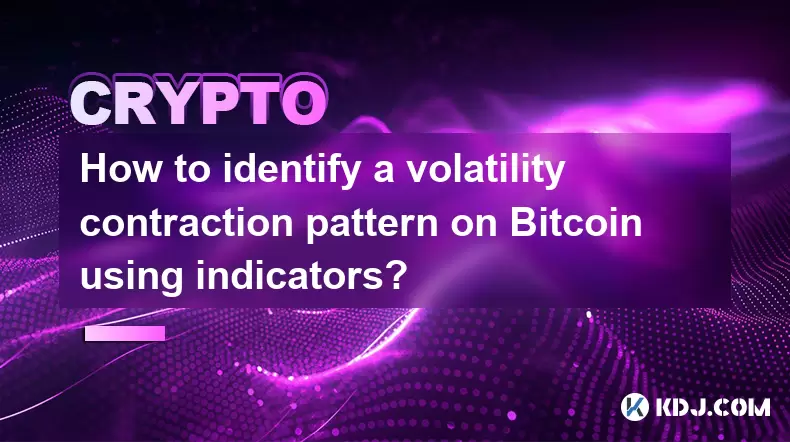
How to identify a volatility contraction pattern on Bitcoin using indicators?
Jul 07,2025 at 07:28am
<h3>What is a Volatility Contraction Pattern in Bitcoin Trading?</h3><p>A volatility contraction pattern refers to a phase where the...
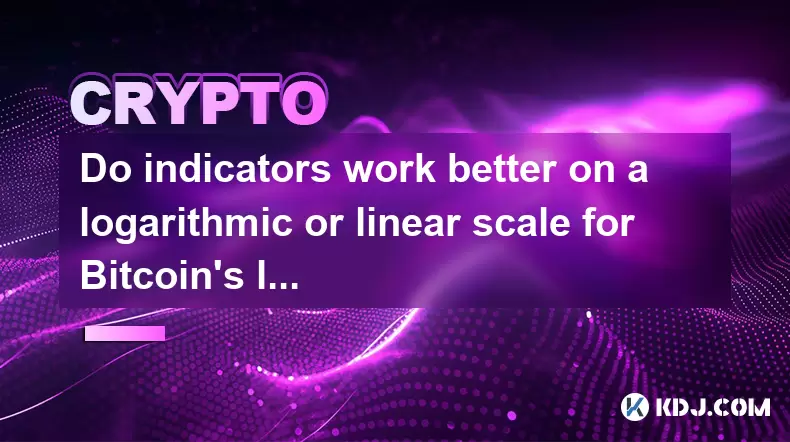
Do indicators work better on a logarithmic or linear scale for Bitcoin's long-term chart?
Jul 08,2025 at 01:42pm
<h3>Understanding Chart Scales in Cryptocurrency Trading</h3><p>In cryptocurrency trading, particularly for analyzing Bitcoin's long...

What is the Woodies CCI indicator and can it be used for Bitcoin?
Jul 04,2025 at 05:14pm
<h3>Understanding the Woodies CCI Indicator</h3><p>The Woodies CCI indicator is a variation of the traditional Commodity Channel Ind...
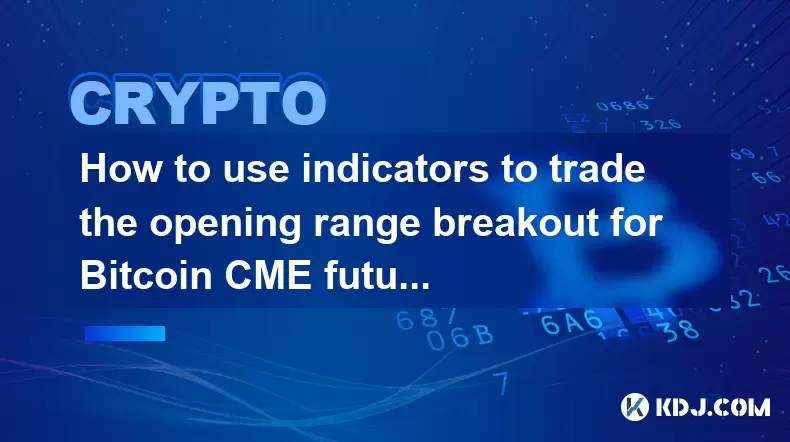
How to use indicators to trade the opening range breakout for Bitcoin CME futures?
Jul 05,2025 at 07:35pm
<h3>What Is the Opening Range Breakout Strategy?</h3><p>The opening range breakout (ORB) strategy is a popular trading technique use...
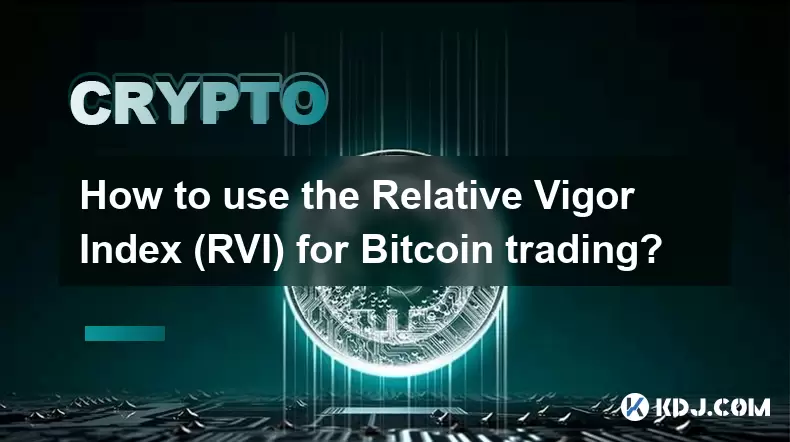
How to use the Relative Vigor Index (RVI) for Bitcoin trading?
Jul 07,2025 at 02:00pm
<h3>Understanding the Relative Vigor Index (RVI)</h3><p>The Relative Vigor Index (RVI) is a technical analysis tool used to assess t...
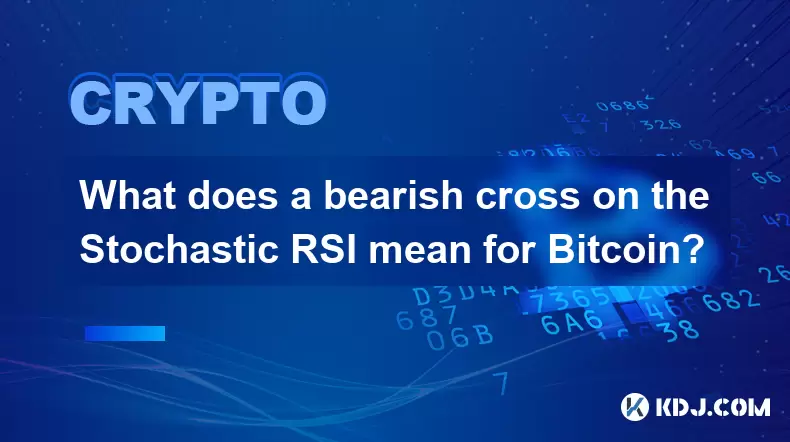
What does a bearish cross on the Stochastic RSI mean for Bitcoin?
Jul 05,2025 at 07:18pm
<h3>Understanding the Stochastic RSI Indicator</h3><p>The Stochastic RSI (Relative Strength Index) is a momentum oscillator used in ...

How to identify a volatility contraction pattern on Bitcoin using indicators?
Jul 07,2025 at 07:28am
<h3>What is a Volatility Contraction Pattern in Bitcoin Trading?</h3><p>A volatility contraction pattern refers to a phase where the...

Do indicators work better on a logarithmic or linear scale for Bitcoin's long-term chart?
Jul 08,2025 at 01:42pm
<h3>Understanding Chart Scales in Cryptocurrency Trading</h3><p>In cryptocurrency trading, particularly for analyzing Bitcoin's long...

What is the Woodies CCI indicator and can it be used for Bitcoin?
Jul 04,2025 at 05:14pm
<h3>Understanding the Woodies CCI Indicator</h3><p>The Woodies CCI indicator is a variation of the traditional Commodity Channel Ind...

How to use indicators to trade the opening range breakout for Bitcoin CME futures?
Jul 05,2025 at 07:35pm
<h3>What Is the Opening Range Breakout Strategy?</h3><p>The opening range breakout (ORB) strategy is a popular trading technique use...

How to use the Relative Vigor Index (RVI) for Bitcoin trading?
Jul 07,2025 at 02:00pm
<h3>Understanding the Relative Vigor Index (RVI)</h3><p>The Relative Vigor Index (RVI) is a technical analysis tool used to assess t...

What does a bearish cross on the Stochastic RSI mean for Bitcoin?
Jul 05,2025 at 07:18pm
<h3>Understanding the Stochastic RSI Indicator</h3><p>The Stochastic RSI (Relative Strength Index) is a momentum oscillator used in ...
See all articles

























